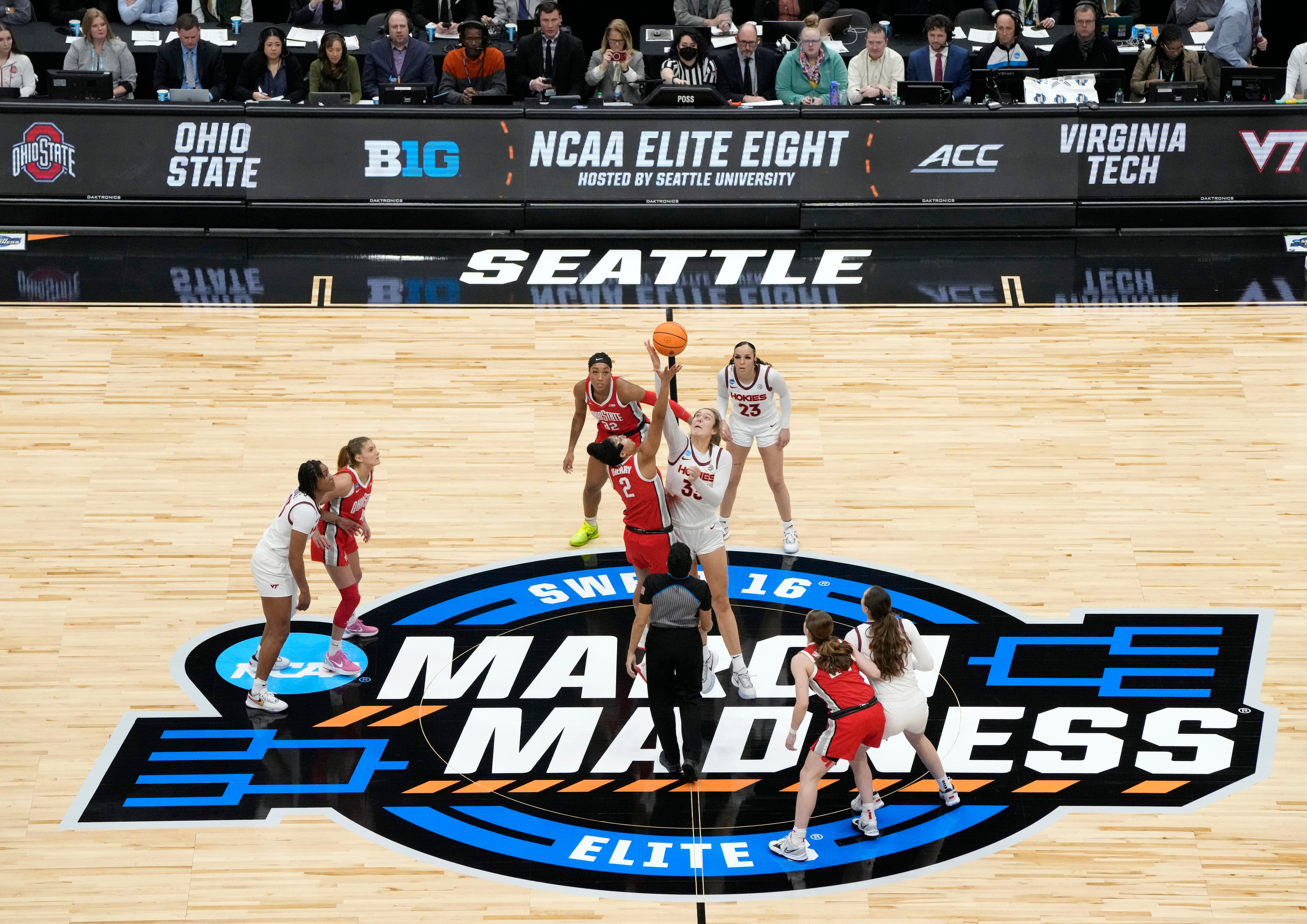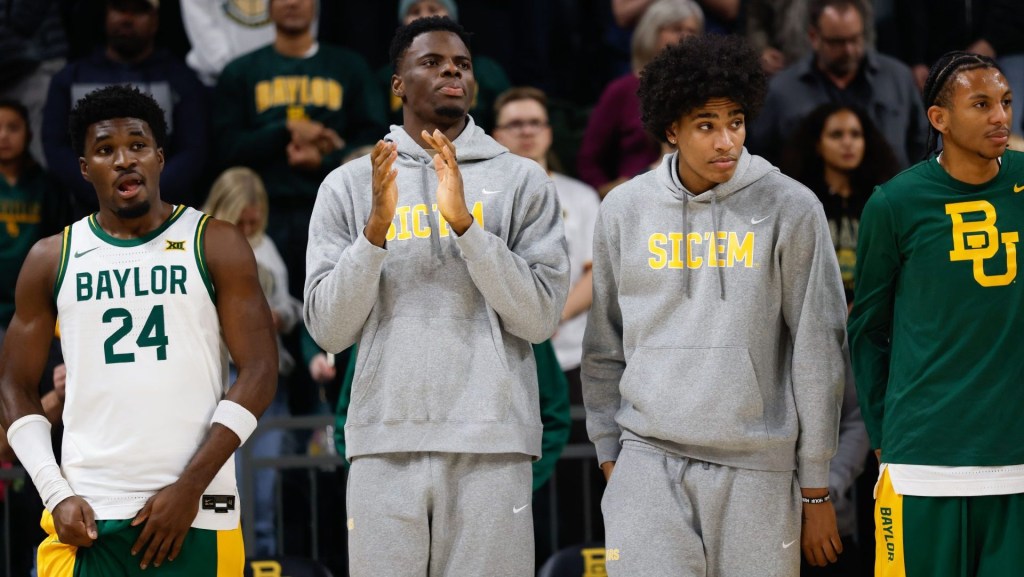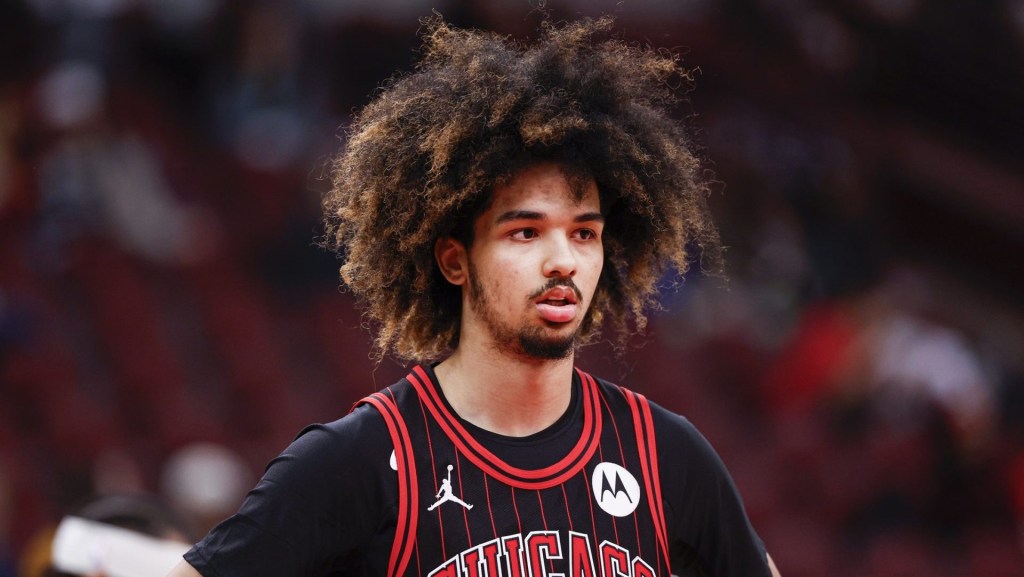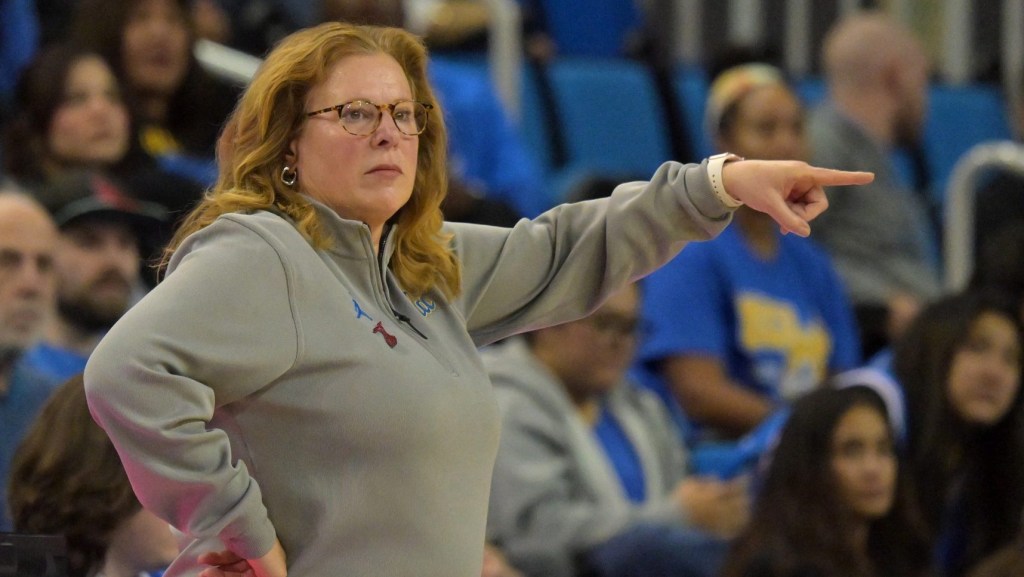This year, the NCAA completely changed the setup of the women’s regional rounds.
The association previously had spread the regionals across four cities —- like the men’s Sweet 16 and Elite 8. But this year, the NCAA consolidated the women’s regionals in just two cities: Seattle and Greenville.
While the NCAA has been heavily criticized for handling the women’s tournament in years past, early feedback for this change appears positive.
Final Four coaches raved about the atmosphere and logistics of the new regional setup. All three asked about the arrangement and agreed the NCAA should continue it in the future. The stats supported their view: the regionals broke an all-time NCAA attendance record, drawing over 82,000 fans.
“The NCAA put on a first-class tournament experience,” Virginia Tech coach Kenny Brooks told reporters earlier this week — a statement that, just two years ago, no one uttered about the D-I women’s basketball tournament.
According to USA Today, the NCAA decided to consolidate the Sweet 16 and Elite 8 rounds to draw more fans and cut costs. But it wasn’t one of the many equity fixes the governing body made following the disastrous 2021 tournament and subsequent gender equity review. The NCAA developed the idea in 2020, one year before the equity issues made headlines.
The setup allowed for eight teams per site, rather than four, and created a four-night showcase of top women’s college hoops. Fans were able to assemble in one place for a weekend, and the teams felt their enthusiasm.
“The energy was just tremendous,” Brooks said. “It’s something that I’ll never forget. I know our kids will never forget it.”
South Carolina coach Dawn Staley noted that the players even enjoyed the setup when they weren’t on the court — it was the first time they could watch games during a regional on off days.
“It was just a real community of women’s basketball: enthusiasts and lovers of our game,” Staley said.
The setup wasn’t the only factor, however. In Greenville and Seattle, the NCAA chose two major women’s basketball markets to help with the fan experience.
Coaches were particularly impressed with the Seattle region, for example, because they played in Climate Pledge Arena — a brand-new state-of-the-art complex home to the WNBA’s Seattle Storm. Brooks and Iowa’s Lisa Bluder, who both played in the Seattle region, called it “beautiful.”
“My kids got to sit in the Seattle Storm’s locker room and hang out for a little while,” Brooks said. “And then when we walked out, the energy in that building, the crowd in that building, you knew it was something special.”
Despite the apparent perks of hosting in hotbeds of women’s hoops, there was controversy over the choice of regional sites.
Greenville’s location may have given the Gamecocks an unfair advantage — an issue that the women’s tournament has been battling for years, as top seeds host early rounds.
“We would, of course, love to see [a regional] in the Midwest,” Bluder added. “I know we would have had 10,000 Iowa Hawkeye fans there, although it felt like we had 10,000 anyway.”
Coaches agreed on one logistical issue: practice times. Because eight teams played in one arena, they each only got an hour on the court. But even that was considered a minor inconvenience.
The NCAA reportedly plans to continue this format until at least 2026. Said Staley: “I would welcome it to being like this from here on out.”

















